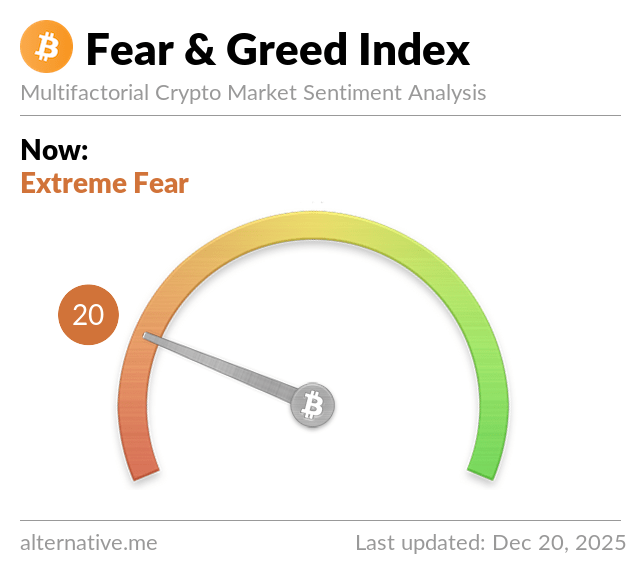
- Q1 2025 audit indicates a reduction in excess reserves to $5.6 billion from $7 billion.
- Tether’s reserves are managed by Cantor Fitzgerald, raising concerns over possible conflicts of interest.
- World Liberty Financial, supported by the Trump family, is set to introduce a new stablecoin.
Tether, renowned as the largest stablecoin issuer globally by market cap, is gearing up to unveil a US-based stablecoin by late 2025 or early 2026.
This strategic pivot signifies Tether’s intention to align more closely with the regulatory standards set in the United States.
While the pre-existing USDT token enjoys dominance in international digital trading, the upcoming dollar-pegged stablecoin aims to fully comply with domestic regulatory frameworks.
Paolo Ardoino, Tether’s CEO, disclosed these developments during an interview at the Token2049 conference held in Dubai.
He clarified that the timeline for the launch hinges on the results of pending legislations in the US.
This initiative is part of Tether’s broader strategy to present itself as a compliant and proactive entity, transcending earlier controversies related to its reserve audits and regulatory penalties.
Intensified Lobbying in Washington
Tether’s shift towards domestic operations comes as Ardoino amplifies his engagements in Washington, DC.
His recent endeavours have included private discussions with lawmakers and a luncheon on Capitol Hill with Republican Senator Bill Hagerty, as reported.
The firm is actively lobbying for proposed legislation such as the GENIUS Act, which includes stipulations that may favor foreign issuers like Tether upon their cooperation with US law enforcement.
Ardoino emphasized Tether’s collaborative relationship with US agencies, claiming that no other financial entity—be it traditional or crypto—matches their level of cooperation with law enforcement.
While Tether faced criticism for previously purportedly enabling illicit activities, the new focus is on transparency and regulatory compliance as a pathway to gaining regulatory acceptance.
Though headquartered in El Salvador, Tether’s initiative to build a compliant stablecoin underscores its evolving regulatory strategy.
This new token is positioned as a distinct offering, customized to conform to US-specific financial regulations.
Concerns Over Cantor Fitzgerald Connection
In its reserve management strategy, Tether has significant investments in US Treasuries overseen by Cantor Fitzgerald, a prominent Wall Street institution.
According to its Q1 2025 attestation, Tether holds nearly $120 billion in Treasuries; however, excess reserves have dipped to $5.6 billion from over $7 billion in December 2024.
The relationship with Cantor Fitzgerald has garnered scrutiny, particularly as the firm is led by the sons of US Commerce Secretary Howard Lutnick.
In response to concerns regarding potential conflicts of interest, Ardoino asserts that robust “walls” are maintained, and he does not engage directly with the secretary.
He also highlighted Tether’s solid capital structure, referencing $7 billion in excess equity and suggesting that traditional financial institutions ought to adopt similar practices.
Having previously paid $18.5 million to resolve claims from the New York attorney general regarding misrepresentations of its reserves, Tether has since committed to more routine disclosure with attestation reports.
Ardoino expressed confidence that the company is now better capitalized than numerous traditional financial institutions and is prepared to withstand significant market fluctuations.
Election Year Brings Rising Competition in Stablecoin Market
Tether’s plans to dive into the US stablecoin arena arrive amid escalating political scrutiny.
World Liberty Financial, backed by the Trump family, has recently revealed intentions to launch a dollar-backed stablecoin, intensifying competition for market legitimacy and share.
As discussions around stablecoins continue to heat up in Washington, the GENIUS Act and other legislative efforts could establish clearer pathways for compliance among issuers.
Tether’s ability to sway policy decisions will be critical as it seeks to enter a landscape where regulatory attention is bound to increase, especially with the upcoming 2026 elections.
Tether’s move towards issuing a domestically regulated stablecoin signifies not just a significant milestone in technology, but also a crucial political maneuver.
As regulatory dialogues gather momentum in Washington, Tether’s future may increasingly hinge on its ability to align legally with US financial policies rather than merely maintaining market leadership.












